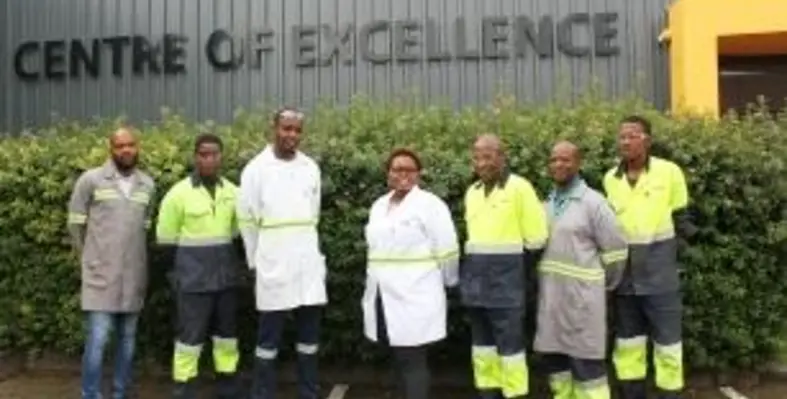In its quest to help customers generate more sustainable construction materials, CHRYSO Southern Africa has continued to enhance its laboratory facilities – even during the disrupted years following the onset of the Covid-19 pandemic
The latest expansion within its Centre of Excellence in Jet Park near Johannesburg has been a cement laboratory, in which the company has invested extensively. According to research and development (R&D) manager Mpume Mlalazi, these investments will continue into 2022 to ensure the latest tools are available.
“Much of our work in the cement laboratory is focused on the growing global concern to reduce carbon dioxide emissions from cement manufacturing,” stated Mlalazi. “We are also now fully equipped to align with international standards in cement testing.”
CHRYSO Southern Africa’s other facilities include a research and development laboratory for new product formulation and evaluation, a concrete laboratory conducting physical tests to evaluate concrete properties, a quality control laboratory and a colour laboratory.
There are also satellite laboratories at the company’s Cape Town, Port Elizabeth and Kwa-Zulu Natal branches to support customers. Amongst the equipment recently acquired is an isothermal calorimetry and permeability tool; in addition to basic tools for cement setting time, specific surface Blaine, pycnometry and cement compressive strength determination auxiliary equipment.
“Our cement laboratory works closely with cement industry players, and supports our customers with product development to find solutions for their ever-changing applications,” she explianed. “Of course, cement is the main contributor to concrete performance, so it is vital that we understand exactly what impacts are achieved by the changes we can make.”
This is why CHRYSO Southern Africa’s wide breadth of facilities – combined with its depth of expertise – is so effective, with its cement and concrete laboratories under one roof, she explained. Whatever is achieved in the cement laboratory can be closely assessed and tested in the concrete laboratory.
“As experts in the field of admixtures, we have the necessary chemistry knowledge and products to help customers drive their sustainability agendas and meet their carbon reduction targets,” said Mlalazi.
She highlights that CHRYSO Southern Africa re-invests at least 4% of its sales revenues into R&D each year, emphasising that the laboratory capacity has a strategic role in supporting customers’ key concerns into the future. These include carbon emissions, clinker factors, cement performance and energy saving. The exciting projects underway in its cement laboratory include research into the potential for limestone calcined clay cement (LC3) to drastically reduce carbon dioxide emissions during the manufacturing process.






